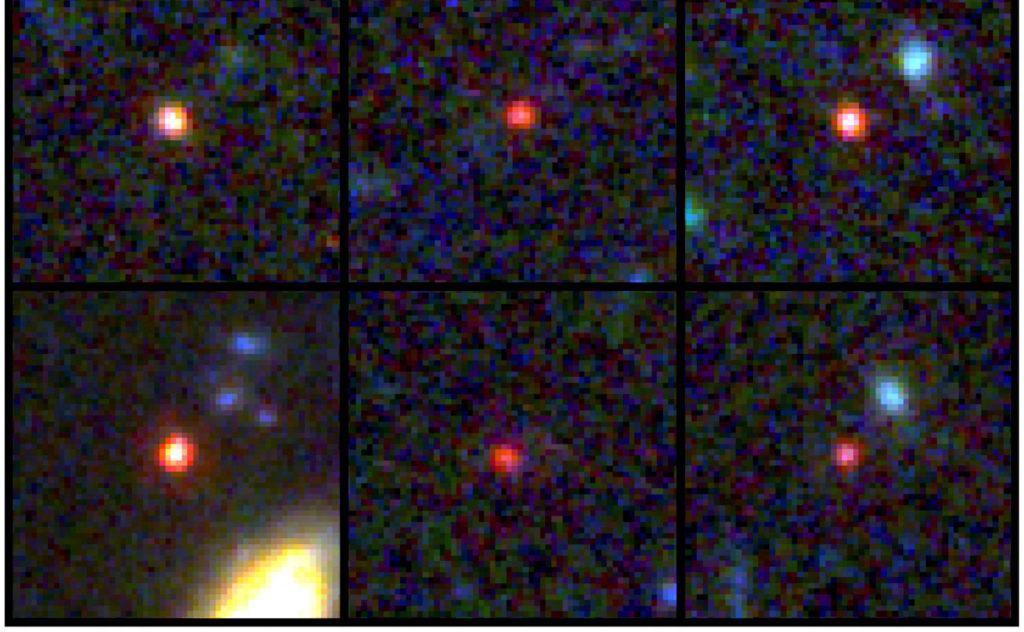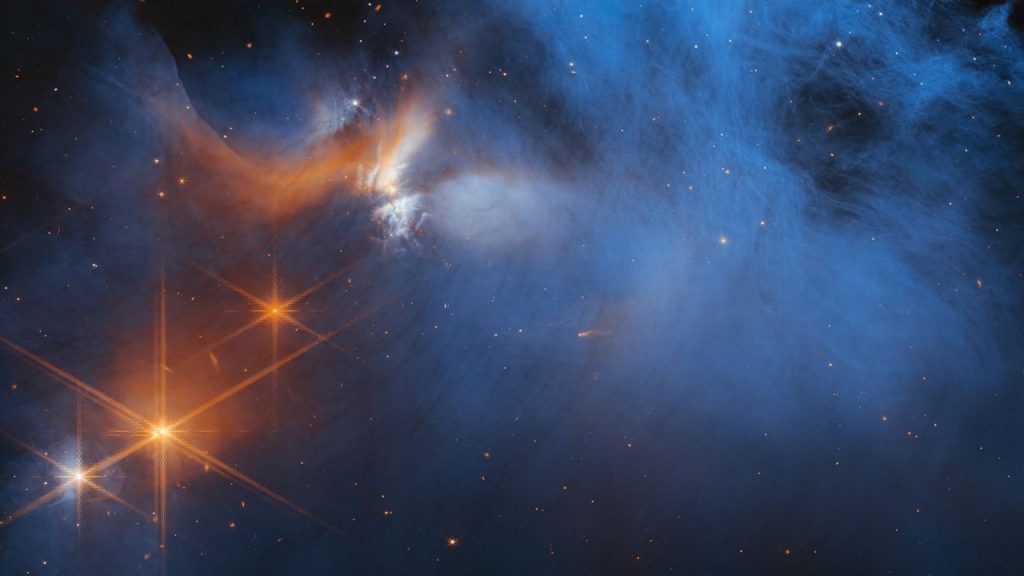The James Webb Space Telescope (JWST) has once again pushed the limits of our understanding of the universe by spotting impossibly massive galaxies that emerged not long after the Big Bang. According to a study released recently, these six galaxies contain more mass than was previously thought to exist in the entire universe at that time. The discovery has surprised scientists by challenging our current understanding of the universe’s evolution. For its latest discovery, the telescope spied galaxies from between 500 to 700 years million years after the Big Bang 13.8 billion years ago, meaning the universe was under five percent of its current age.

The JWST is the most powerful telescope ever launched into space, with advanced technology that allows it to see back in time and space further than any other instrument. It uses a combination of infrared and visible light detectors to detect distant galaxies and stars, revealing secrets about the universe’s history and evolution.
The discovery of these massive galaxies contradicts our current understanding of the universe’s formation. According to current models, it should have taken much longer for galaxies to grow to this size. These galaxies are believed to have formed only a few hundred million years after the Big Bang and contain hundreds of billions of stars.

The JWST has also provided new insights into the formation of these galaxies. By studying the light emitted by them, scientists have found that they contain a large amount of dust, which could be responsible for their rapid growth. This dust could have absorbed and trapped the energy emitted by stars, causing them to grow much faster than expected.
The discovery of these massive galaxies is just the beginning of what the JWST will reveal about the universe’s evolution. As the telescope continues to peer deeper into space and further back in time, it will undoubtedly uncover more mysteries that challenge our current understanding of the cosmos.


